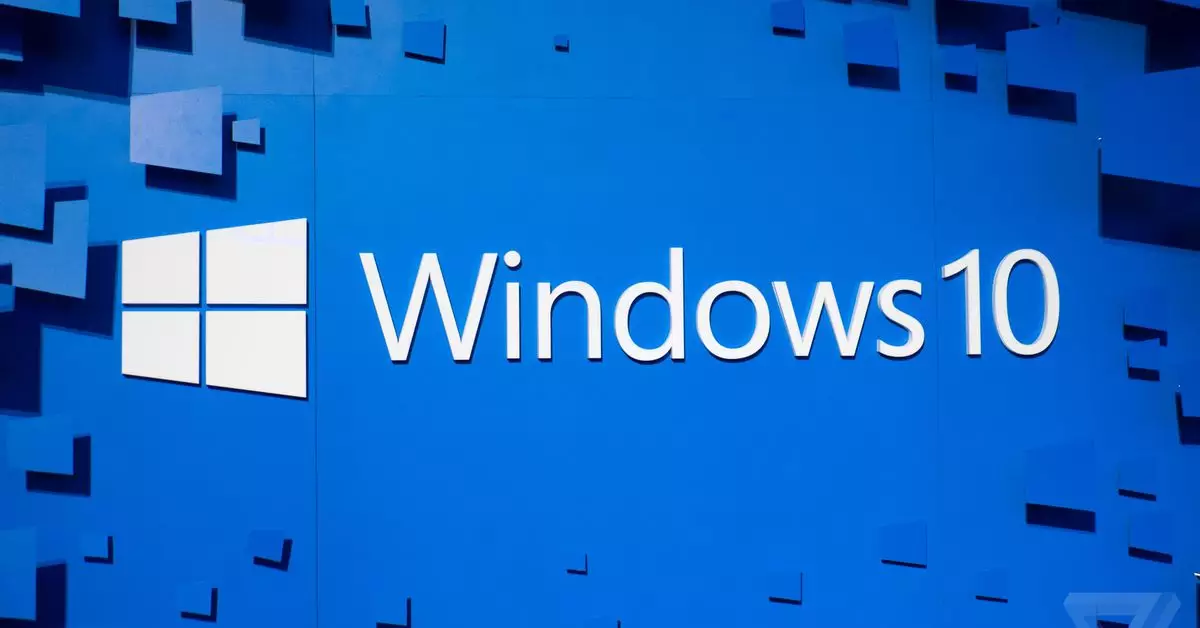Microsoft’s decision to end support for Windows 10 in October 2025 has definitely raised some eyebrows. However, the tech giant is now taking a rather unusual step by reopening its beta program for Windows 10. This move is aimed at testing new features and improvements for the existing operating system. One such feature that Windows 10 has already received is the AI Copilot, which was initially exclusive to Windows 11.
In a blog post, Microsoft’s Windows Insider team explained the rationale behind reopening the Beta Channel for Windows 10. They stated, “To bring new features and more improvements to Windows 10 as needed, we need a place to do active feature development with Windows Insiders. So today, we are opening the Beta Channel for Windows Insiders who are currently on Windows 10.” This move indicates Microsoft’s commitment to enhancing the Windows 10 user experience, even with the impending end of support in 2025.
One significant change that Windows 10 users can expect post-2025 is the option for paid security updates. For the first time ever, consumers will have the opportunity to pay for security updates once the OS reaches the end of its support lifecycle. Microsoft has disclosed that businesses will need to pay $61 per device for a year of security updates, with the cost increasing in subsequent years. While pricing for consumer security updates has not yet been revealed, Microsoft has assured that more information will be shared at a later date.
Despite Microsoft’s efforts to encourage users to upgrade to Windows 11, many PCs are unable to make the switch officially. This is primarily due to Windows 11’s strict hardware requirements, including the need for CPUs released from 2018 onward and devices that support TPM security chips. As a result, Windows 11 adoption rates have lagged behind Windows 10, with the latter still holding a market share of 68 percent in May 2024, nine years after its initial release in 2015.
Microsoft’s decision to reopen the beta program for Windows 10 and offer paid security updates post-2025 signifies a new approach to supporting the aging operating system. While the tech giant continues to promote Windows 11, it is clear that Windows 10 still has a significant user base that Microsoft is keen on serving. The future of Windows 10 may not be as bleak as initially thought, with ongoing efforts to enhance the user experience and provide security updates for those who opt to stick with the OS. It will be interesting to see how this new strategy plays out in the coming months and years.


Leave a Reply